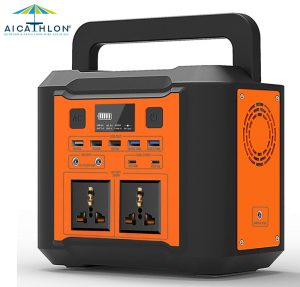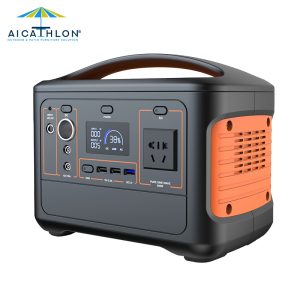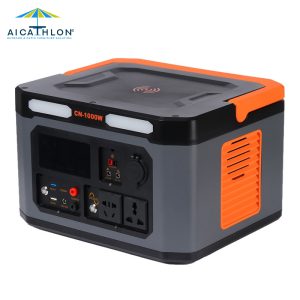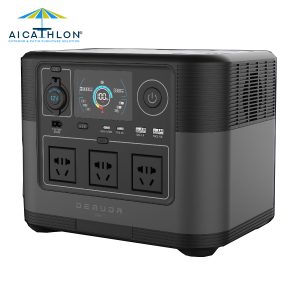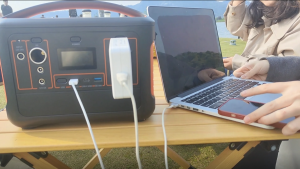More
Voltage Guardians: Overvoltage and Undervoltage Protection in Outdoor Portable Solar Power Stations
Voltage Guardians: Overvoltage and Undervoltage Protection in Outdoor Portable Solar Power Stations
Introduction:
Outdoor adventures and emergency situations demand reliable power sources. Outdoor portable power stations rise to the occasion, but they face a myriad of challenges, including voltage fluctuations. To ensure uninterrupted power supply and protect both the power station and connected devices, manufacturers incorporate overvoltage and undervoltage protection systems. In this blog post, we’ll explore the key features of these voltage protection mechanisms, which act as vigilant guardians of your power station’s health.
Key Features of Overvoltage Protection:
-
Voltage Threshold:
Overvoltage protection operates by monitoring incoming voltage. It is designed to detect when the voltage exceeds a predefined threshold. This threshold is carefully chosen to ensure that the power station and connected devices remain safe under normal and slightly fluctuating voltage conditions.
-
Voltage Regulation:
Once overvoltage is detected, the protection system springs into action. It regulates the voltage output to maintain a safe and steady level. This regulation helps prevent damage to the power station itself and any devices connected to it. By maintaining a stable voltage output, overvoltage protection ensures consistent and safe power delivery.
-
Automatic Activation:
One of the most significant advantages of overvoltage protection is its automatic nature. Users don’t need to intervene manually when voltage spikes occur. The protection system reacts instantly when it senses an overvoltage situation, taking corrective action without any delay. This automatic response adds a layer of convenience and reliability to your power station.
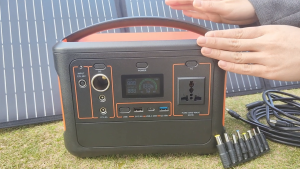
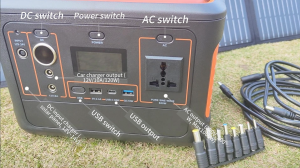
Key Features of Undervoltage Protection:
-
Voltage Threshold:
Similar to overvoltage protection, undervoltage protection is triggered by voltage thresholds. However, in this case, it is activated when the incoming voltage falls below a predefined threshold. This threshold is set to ensure that the power station and connected devices are not exposed to inadequate voltage levels.
-
Voltage Regulation:
Undervoltage protection is designed to stabilize the voltage output. When undervoltage occurs, the protection system steps in to ensure that the voltage remains within the safe operating range for the power station and connected devices. This regulation prevents underperformance and potential damage caused by insufficient voltage.
-
Automatic Activation:
Like overvoltage protection, undervoltage protection operates automatically. Users can trust that their power station will respond swiftly to undervoltage situations, mitigating potential risks and ensuring that connected devices receive the necessary voltage for proper operation.


Conclusion: A Voltage Safety Net
In the world of outdoor portable power stations, overvoltage and undervoltage protection act as vital safety nets. They ensure that your power station remains resilient against voltage fluctuations, delivering reliable and consistent power to your devices. With voltage thresholds, regulation mechanisms, and automatic activation, these protection systems offer peace of mind, whether you’re camping in the wilderness or facing an unexpected power outage. Your power station is not just a source of energy; it’s a guardian of your devices and a reliable companion in any power-demanding situation.


